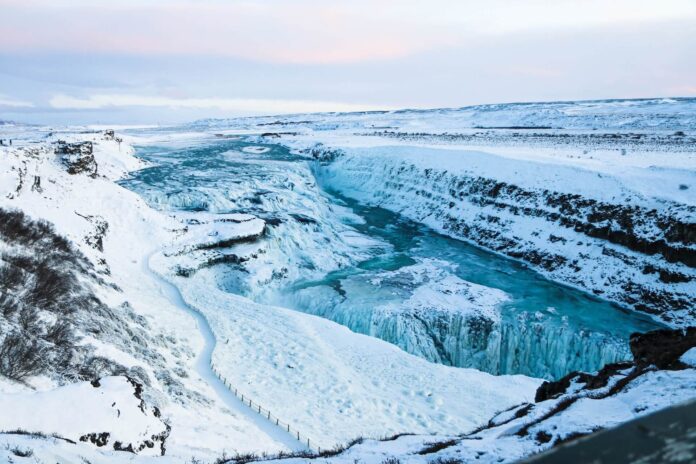The story of Cala d’Or begins with an artist’s vision. In 1933, Josep Costa Ferrer (‘Picarol’) saw something special in this stretch of Majorca’s east coast. Inspired by Ibiza’s architecture, he created a white-walled village that stood in stark contrast to the typical Mallorcan stone buildings. The result? A distinctive resort that somehow manages to feel both Ibizan and Mallorcan at once.
Today’s Cala d’Or stretches across seven different coves, each with its own character. The marina bristles with masts, and the streets fill with summer visitors, but locals know how to sidestep the crowds. They know which beaches empty out at lunch, which restaurants still cook with their grandmothers’ recipes, and where to watch the sunset without paying marina prices for drinks.
This guide won’t tell you to visit Cala Gran beach – you’ll find that anyway. Instead, we’ll share the spots and stories that took us years to discover: the smugglers’ caves, the locals’ breakfast clubs, the fishing boats that still sell their catch straight from the deck, and the quiet coves that don’t make it onto postcards.
Day 1
7am: Early Morning at Cala Serena
Skip the tourist rush at Cala Gran and start at the smaller, pine-fringed Cala Serena. Before 9am, you might share this compact cove with only local swimmers doing their morning laps. The rocks to the right of the beach offer excellent snorkelling – look out for octopus hiding in the underwater caves.
Next up, seek out Mallorcan breakfast traditions at any local café. Skip the full English offerings and try pa amb oli – crusty bread rubbed with garlic and tomato, drizzled with olive oil from the Serra de Tramuntana mountains. Add jamón and aged Mahón cheese for the full experience. The ensaïmada pastries here are notably better than in the island’s tourist traps – they should be flaky, not doughy, with visible layers when torn apart.
Read: Where to eat traditional Majorcan food in Palma
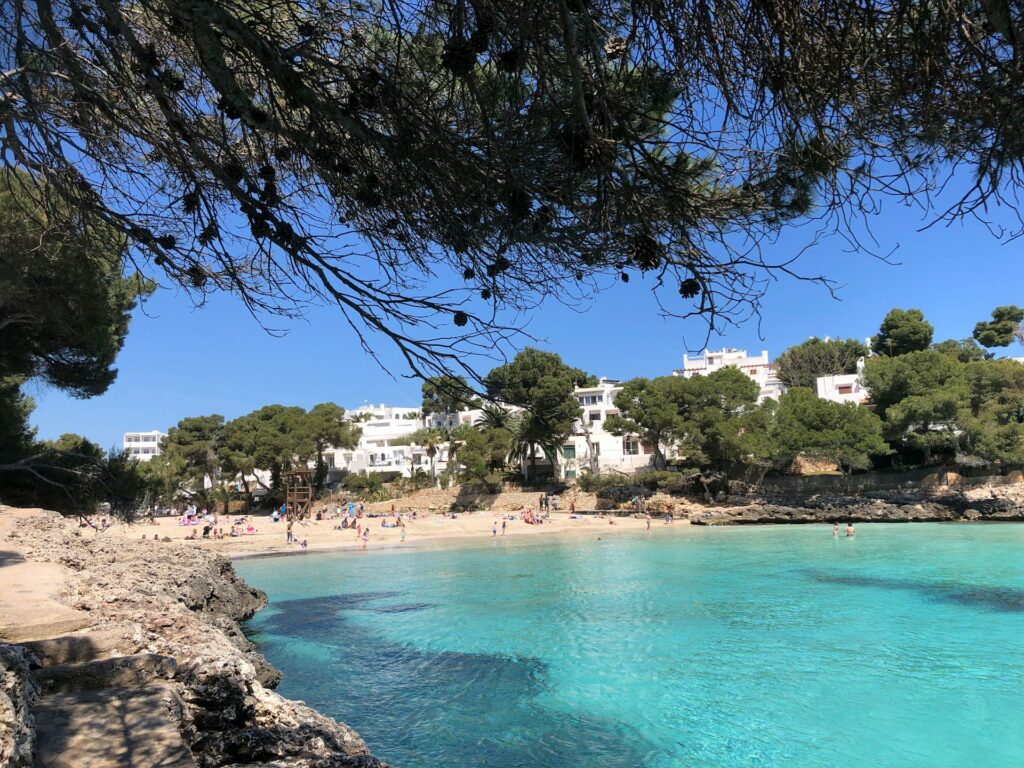
Midday: The Unknown Coast
Most visitors stick to the main beaches, but a local secret lies in the coastal path connecting Cala d’Or’s seven coves. The full route runs for 3 kilometres, but the real magic happens between Cala Ferrera and Cala Serena. Look for the narrow dirt track behind Hotel Rocador (part of the Grupotel group) – it leads to a series of flat rocks perfect for private sunbathing. Bring water shoes; the limestone can be sharp.
Lunchtime
Port Petit restaurant above Cala Cala serves excellent seafood, but here’s a tip: book a table inside rather than on the terrace. The dining room’s air conditioning makes it pleasantly empty at lunch, and the prices are lower for the same menu.
Afternoon: Marina Secrets
The marina here, with some of the most prestigious Cala d’Or property, feels like a millionaire’s playground, but there’s more here than superyachts. The local fishing boats dock on the eastern side around 3pm – chat with the fishermen, and you might score some fresh catch for a fraction of restaurant prices.
Skip the overpriced tourist boat trips and book with local operator Joan (find him near the fuel dock) for a sunset tour on his traditional llaut fishing boat. He’ll show you hidden caves and tell stories of the coast’s smuggling history that you won’t find in guidebooks.
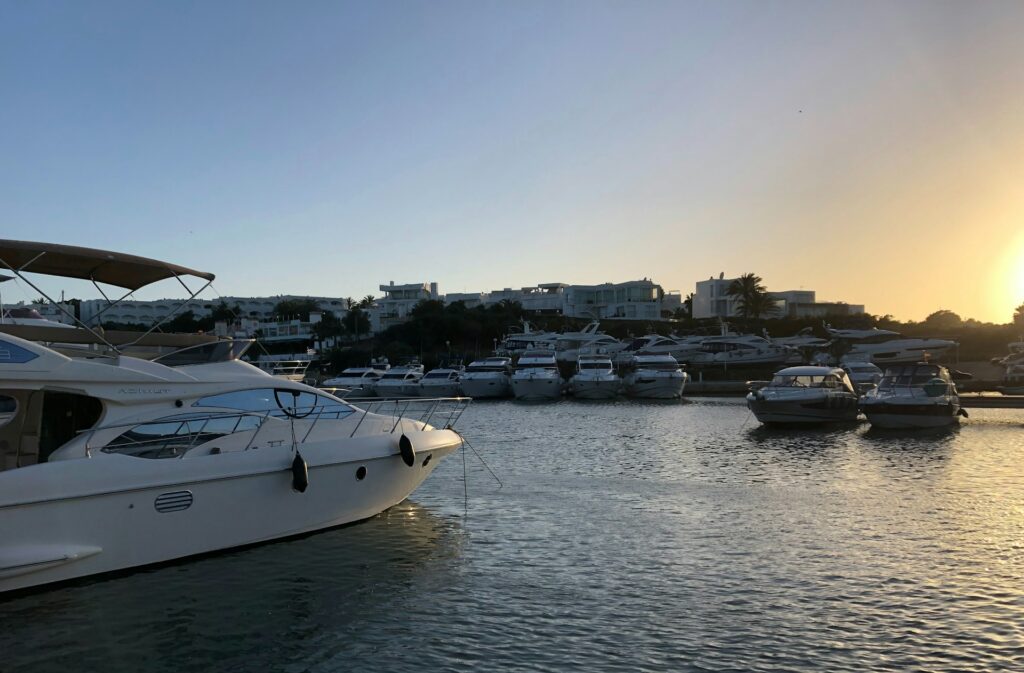
Evening: Local Flavours
At Waves Bar in the marina, arrive before sunset and ask for a ‘pomada’ – the local gin and cloudy lemonade mixture that’s actually a Menorcan tradition but has found a happy home here. The bar’s owner makes his own lemonade using local lemons.
For dinner, Restaurant Botavara does more than just standard Mediterranean fare. Their fideuà might look like paella with pasta, but it’s cooked in rock fish stock that takes two days to prepare. Order it 24 hours in advance for the proper version – spontaneous orders get a simpler preparation. They also have an off-menu ‘pescador’ soup that changes daily based on the marina fishermen’s catch. You need to request it at lunch for evening service, and they only make five portions daily.
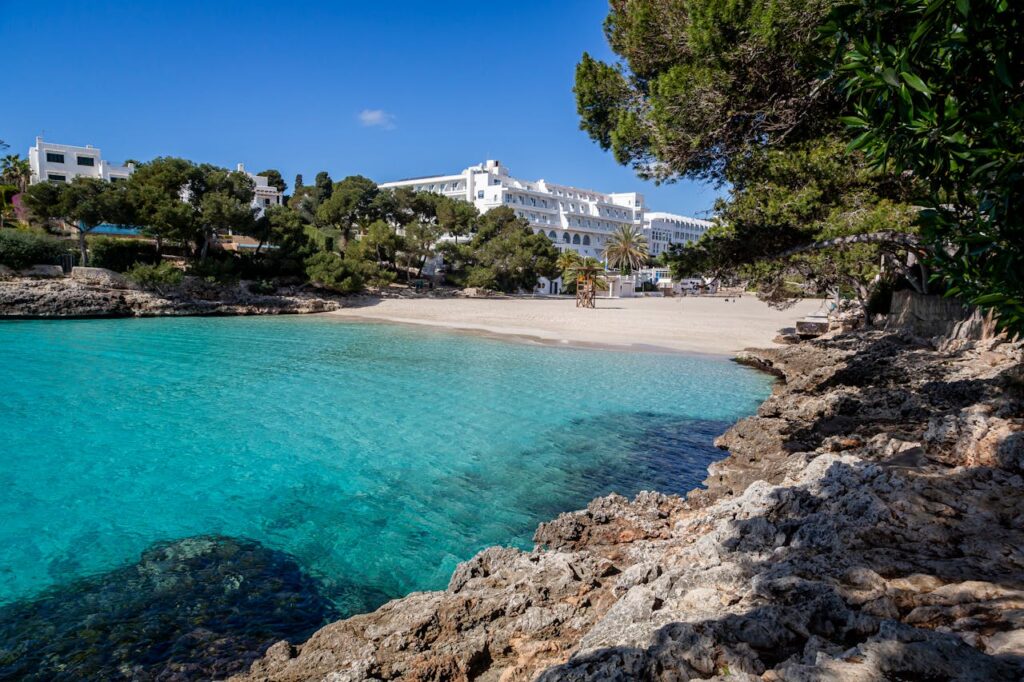
Day 2
Morning: Market Wisdom
Santanyí market (Wednesdays and Saturdays) is worth the 15-minute drive, but go with insider knowledge. The tourist stalls fill the main square, but the real action happens in the backstreets where local farmers sell produce. Look for the elderly lady selling qarns (local herb bundles) – they’re traditionally burned to keep mosquitoes away and work better than chemical sprays.
Midday: Hidden History
Few visitors realise that Cala d’Or sits on an ancient smugglers’ route. The small cave opening visible at low tide at Cala Gran’s northern end once connected to a network of tunnels used to store contraband. While the tunnels are now sealed, you can still spot the iron rings once used to tie up boats.
Afternoon: Local Life
The residential areas above the marina reveal a different side of Cala d’Or. The streets between Carrer de Taga and Carrer de Fernando Tarragó hide some of the best examples of the original 1930s architecture. Look for the blue-tiled fountain – it’s a favourite local meeting spot where older residents gather to play dominoes in the late afternoon.
Walk to the often-overlooked Cala des Pou. This small cove still has traditional boat houses carved into the cliffs, and one local family maintains their century-old fishing tradition here. If you see their blue boat returning, you might witness the traditional practice of hauling it up the slipway using old wooden rollers.
Dinner In Style
For your final dinner, head to Sa Llotja in the marina. While it’s right on the tourist track, there’s a reason it’s bustling every night – their seafood is excellent and reliably fresh. The terrace tables are prime spots for watching the boats come in, but the real action happens inside at the fish counter, where you can pick your catch and have it grilled to order. Their lubina a la sal (whole sea bass baked in salt) is a specialty, and the monkfish with garlic and sherry vinegar dressing has a loyal following among locals.
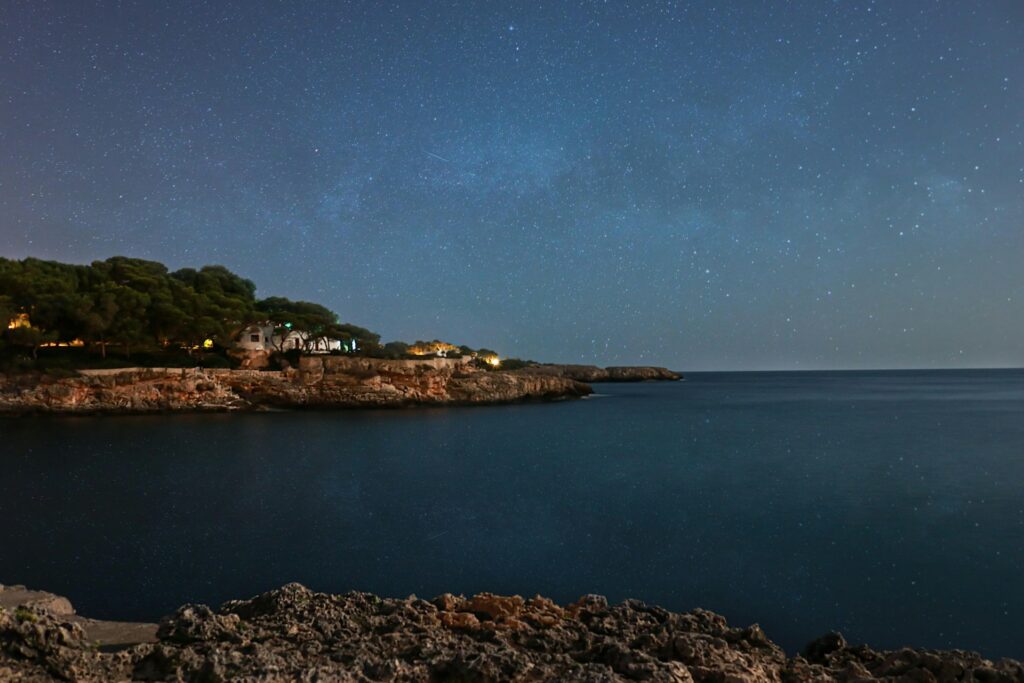
A Few Cala d’Or Tips Thrown In For Good Measure
- The best snorkelling isn’t at the beaches but around the rocky headland between Cala Llonga and Cala Ferrera. Go early morning when the water is calmest.
- Local buses to Santanyí are cheap but often full. Take the first service (usually 8:15am) to avoid standing.
- Many restaurants offer cheaper lunch menus that are identical to evening offerings.
- The marina’s northern breakwater offers the best sunset photos, but you need to ask permission at the security gate to access it.
- Es Fortí, the ruined fortress above Cala Llonga, is officially closed but locals access it via a small path behind the Villa Martina apartments. Go at sunrise for incredible photos.
The Bottom Line
Cala d’Or’s tourist façade hides a place of genuine character and local tradition. While its seven coves and marina attract the crowds, the real magic lies in its backstreets, hidden paths, and the stories of people who’ve called it home for generations. Two days isn’t enough to uncover all its secrets, but it’s plenty of time to discover why this corner of Majorca deserves more than just a passing visit.



